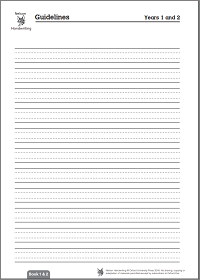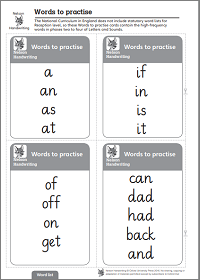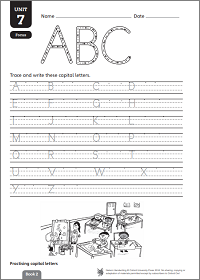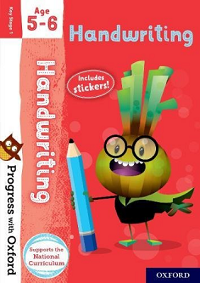Developing handwriting skills (Age 5–6)


For information about what your child is learning at school, take a look at our handwriting at primary school pages.
What can I do to support my child at home?
1. Getting ready to write
Make sure your child has a straight-backed chair to sit ion and a table/desk at the right height for sitting to write or do homework.
If your child is left handed, encourage them to hold their pencils far enough away from the point to allow them to see what they are writing. For right-handers a tripod grip is generally accepted as the most efficient way of holding a pen or pencil, and it works well for left-handers too.
Take a look at the diagrams below for instructions on the tripod grip for both left-handers and right-handers.
2. Handwriting style
Be sure to find out what handwriting style your child is learning at school. Consistency is essential at this stage, so it is important not to correct something that you think is an error but that is actually part of the style your child is learning.
3. Give them opportunities to write
Create opportunities for your child to practise handwriting. For example, ask them to write a message in a greetings card or suggest that they add words or labels to their pictures. Help them to make a sign for their bedroom or a helpful notice for somewhere else in the house.
Activities
Handwriting activity books
Handwriting Age 5–6
This activity book will help your child to progress while having fun so they will quickly learn to develop pencil control and the correct letter formation.
Buy on Amazon >







